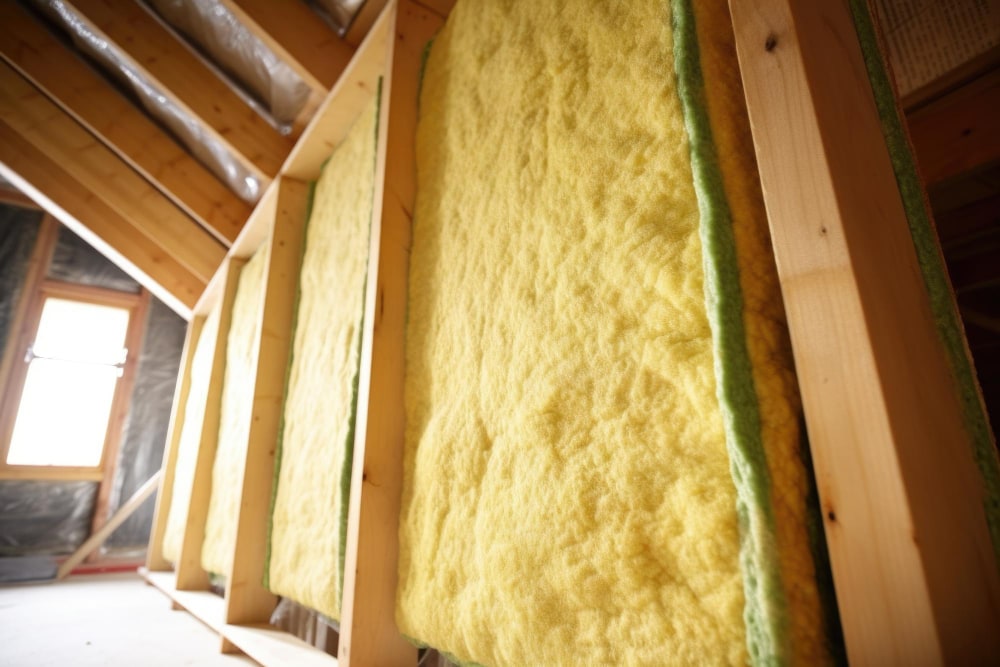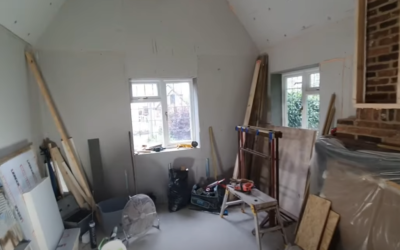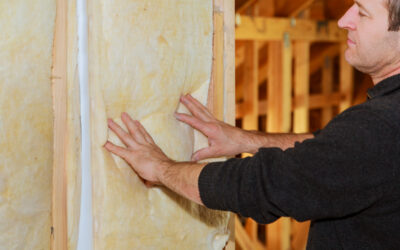This article has been updated on 17 Jul 2024
Did you realise that nearly 30% of a home’s heating energy can be lost through poorly insulated roofs and walls? I didn’t, at least not until I started on a journey to claim government insulation grants for my home. According to the Energy Saving Trust, proper insulation can save households up to £310 annually on energy bills. This statistic underscores the importance of having a well-insulated home and the potential financial benefits.
The process from application to installation was eye-opening, filled with bureaucratic hoops and enlightening discoveries. I navigated the maze of paperwork, strict eligibility criteria, and the actual logistics of getting insulation installed. One particularly challenging aspect was understanding the different types of insulation available and determining which would be most effective for my home. For example, I learned that cavity wall insulation can save up to 35% on energy bills, but it wasn’t suitable for my older property with solid walls.
Each step presented its unique set of challenges and learning opportunities. If you’re curious about how this initiative can transform your home and what pitfalls to avoid, stay with me as I share my firsthand experience. For instance, I discovered that pre-installation energy audits are crucial. These audits not only determine the current efficiency of your home but also help in identifying the most effective insulation methods.
Understanding Insulation Grants
To grasp the concept of insulation grants, it’s important to understand they’re initiatives typically funded by the government to help homeowners reduce energy consumption and costs by improving their home’s insulation. These grants are part of broader efforts to achieve national energy efficiency targets and reduce carbon emissions. For example, the UK government’s ECO4 scheme aims to improve the energy efficiency of over one million homes by 2023.

loft insulation
My journey into the world of these grants revealed a landscape filled with opportunities but also bordered by specific eligibility criteria and grant limitations that one needs to navigate carefully. For example, some grants are only available to low-income households or those receiving certain benefits, which can limit accessibility for some homeowners.
First and foremost, the eligibility criteria for these grants can be quite stringent. They often target households based on income levels, the age of the property, or the current state of insulation. It’s not a one-size-fits-all deal. I had to dig deep into the details to make sure my home qualified, which involved checking energy bills, evaluating my home’s insulation needs, and often, consulting with professionals. For instance, older homes with solid walls may not qualify for cavity wall insulation but could be eligible for solid wall insulation grants, which typically cover a larger portion of the cost.
Furthermore, grant limitations also play a critical role. There’s usually a cap on the amount provided, which means it mightn’t cover the entire cost of insulation upgrades. I had to budget carefully, considering both the grant I could receive and any additional expenses. To manage this, I created a detailed budget plan that included not only the cost of materials and labour but also potential unexpected expenses. This planning was crucial in ensuring that the project remained financially viable.
Understanding these aspects was key to accessing the potential savings and environmental benefits these grants offer. It’s about more than just filling out an application; it’s a step towards a more sustainable and cost-efficient home. For instance, I discovered that homes with proper insulation can reduce their carbon footprint by up to 20%, contributing significantly to environmental sustainability.

home energy protection insulation
Navigating the Application Process
Starting on the application process for insulation grants, I quickly learned it’s a journey requiring meticulous attention to detail and patience. The initial excitement of possibly receiving financial assistance for home insulation was soon tempered by the realisation of the complexity involved. The process demanded a thorough understanding of various aspects, but a few key steps proved critical:
- Researching eligibility criteria: It’s important to thoroughly understand the qualifications needed to apply. Missing out on a small detail could mean rejection. I used resources like government websites and spoke to officials to ensure I met all requirements.
- Gathering necessary documents: This step was time-consuming but essential. Organising financial records, property documents, and identification in advance saved me considerable time. I created a checklist to track all required documents and their deadlines.
- Understanding the application deadlines: Timing is everything. Missing a deadline means waiting for the next cycle, which could be months away. I marked all important dates on a calendar and set reminders to stay on track.
- Seeking guidance: I reached out to successful applicants and officials for advice. Their insights were invaluable.
- Attention to detail: Every question on the application form requires a thoughtful and accurate response. Precision here avoids unnecessary delays or disqualification. I reviewed my application multiple times and sought feedback from others to ensure accuracy.
Getting through the application process was no small feat. It required a blend of diligence, attention to detail, and proactive research. However, the potential benefits made the effort worthwhile, setting the stage for the next steps in securing a more energy-efficient home.
Preparing for Installation
Once the application was approved, I immediately focused on the important step of preparing my home for the insulation installation process. Home preparation wasn’t just about decluttering or cleaning; it was about ensuring my house could seamlessly integrate the new system. I started by evaluating each room, identifying areas that would need to be cleared to give contractors easy access. This wasn’t just beneficial for the installation house insulation grants team but also helped me reassess my space’s efficiency and safety.
Contractor selection was equally pivotal. I didn’t want just anyone handling the job; I sought a team with a robust portfolio in energy-efficient installations, specifically those familiar with government insulation grants. I conducted interviews, asked for references, and compared quotes. It was important to find a contractor who not only understood the technical aspects but could also navigate the grant’s requirements, ensuring the installation insulation grants adhered to the stipulated standards.
This preparation phase was enlightening. It wasn’t merely about the physical readiness of my home or the logistic capabilities of the contractor. It was about embracing innovation, making informed decisions, and preparing for a change that would contribute significantly to my home’s energy efficiency. For instance, I discovered that certain types of insulation can improve not just energy efficiency but also soundproofing, adding another layer of comfort to my home.
Reflecting on Our Journey
Looking back on the journey of securing and implementing a government insulation grant for my home, it’s clear that the process was both challenging and rewarding. My initial hesitations were steeped in a mix of scepticism and the intimidating prospect of managing governmental bureaucracy. However, the allure of making my home more energy-efficient while adhering to budget considerations propelled me forward.
Reflecting on this journey, several key points stand out:
- Research is Vital: Diving deep into the grant options available clarified the process and eligibility criteria.
- Patience Pays Off: The application and approval phases tested my patience but taught me the value of persistence.
- Budgeting is Essential: Keeping a close eye on budget considerations ensured the project stayed financially viable.
- Professional Guidance is Invaluable: Consulting with experts simplified complex decisions and installation nuances.
- The Outcome Justifies the Effort: The tangible benefits of improved insulation, from reduced energy bills to a smaller carbon footprint, underscore the worthiness of the endeavor.
This experience highlights the value of innovation and proactive efforts in improving living environments. It shows that with determination and proper support, managing government grants can yield great results.

insulation attic
Conclusion
Finishing my journey with government insulation grants, I realised it takes patience, but the comfort and savings are worth it. The application process was tricky, with lots of forms to fill out and details to get right. Getting ready for installation took some effort too, from clearing out spaces to coordinating with installers. But in the end, I’m really glad I had the chance to make my home more efficient. The house feels warmer, the energy bills are lower, and it’s satisfying to know I’m doing something good for the environment.
Frequently Asked Questions





